Professional organizers bow down to the magic of a rainbow-organized bookshelf. Art teachers keep calm and arrange in rainbow order. Design expert, Jude Stewart, believes that “…seeing the entire range of hues is reassuring, and creates a calming meditative visual.” For many people, the surprise of a rainbow in the sky is a thrilling part of nature. Did you know many types of rainbows exist? Let’s dive deeper into why we love rainbows and how they work.
Let’s take a peek into the science of rainbows, rainbow variants, and why people (especially art teachers) love them so much!

The Thrill of the Hunt
Finding a four-leaf clover, revealing a mystery prize at the bottom of a cereal box, or spotting a rainbow is all about the thrill of the hunt. Conditions need to be perfect to see a rainbow so it’s not an everyday occurrence. Since 350 BC, rainbows have been the talk of the town—even Aristotle jotted down a few notes about them.
Did you ever hear the saying, “Beauty is in the eye of the beholder?” We know a lot of art’s meaning comes from what the viewer brings to the table and rainbows are the same way! Met Office, the United Kingdom’s national meteorological service says, “Rainbows are formed when sunlight is scattered from raindrops into the eyes of an observer.” On top of this, the sun needs to be low in the sky, and rain or fog must be in front of the spectator. But have you ever wondered why rainbows are the famous arc shape? The University of Wisconsin-Madison explains rainbows are circular because the raindrops that create the rainbow are spherical.
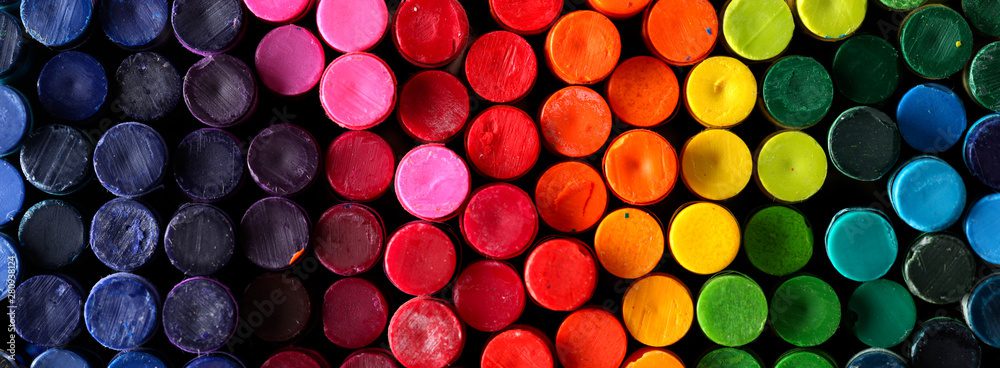
Types of Rainbows
Many art teachers love using rainbow imagery and color schemes, so get your rainbow knowledge badge today! National Geographic shares that rainbows can appear in more than the traditional arc form. Let’s take a peek at the different types of rainbows so we can truly be color experts.
Double Rainbow
This is when a second, usually faint, rainbow pops up above the main one. Light reflects twice inside of the rainbow and the second rainbow reverses the color order with violet on the outside arc.

Glow Rainbow
Light passes through raindrops instead of being reflected by them. As a result, the atmosphere appears to glow.
High-Order Rainbow
One higher-order rainbow is the tertiary rainbow. Since there are so many layers of reflection happening, these are very faint and hard to see.
Twinned Rainbow
Two rainbows come from a single endpoint.
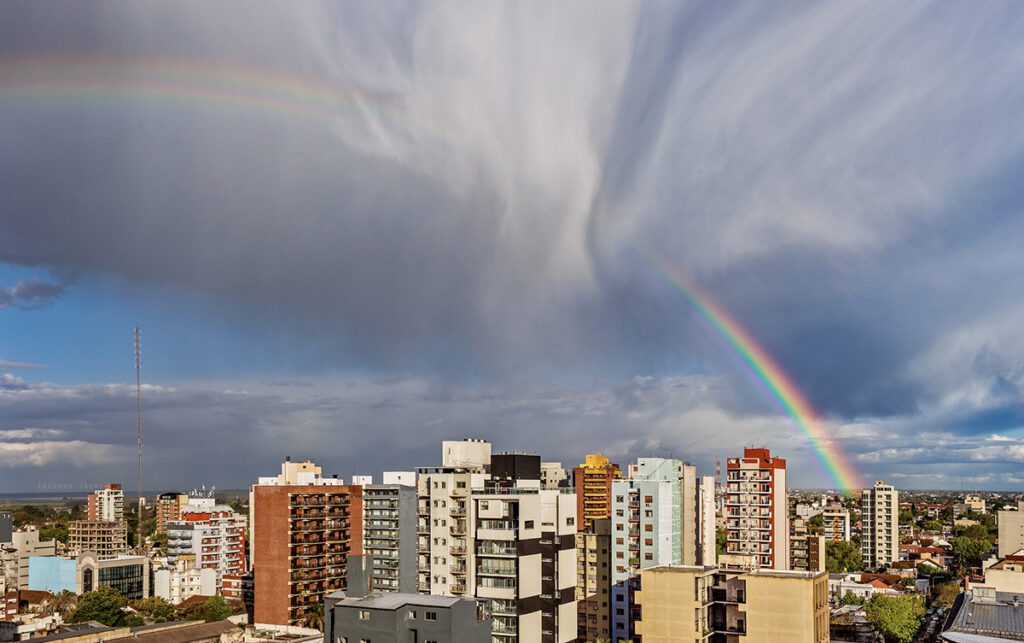
Supernumerary Rainbow
These are usually found below the smallest arc of a rainbow. Supernumerary rainbows are thin and pastel.

Reflection and Reflected Rainbow
Reflection rainbows look like they stretch above the water whereas reflected rainbows appear directly on the water’s surface in an almond shape.
Red Rainbow
This one appears at sunrise or sunset when sunlight moves further into the atmosphere. Shorter wavelengths like blue and violet have been scattered, leaving only reds.
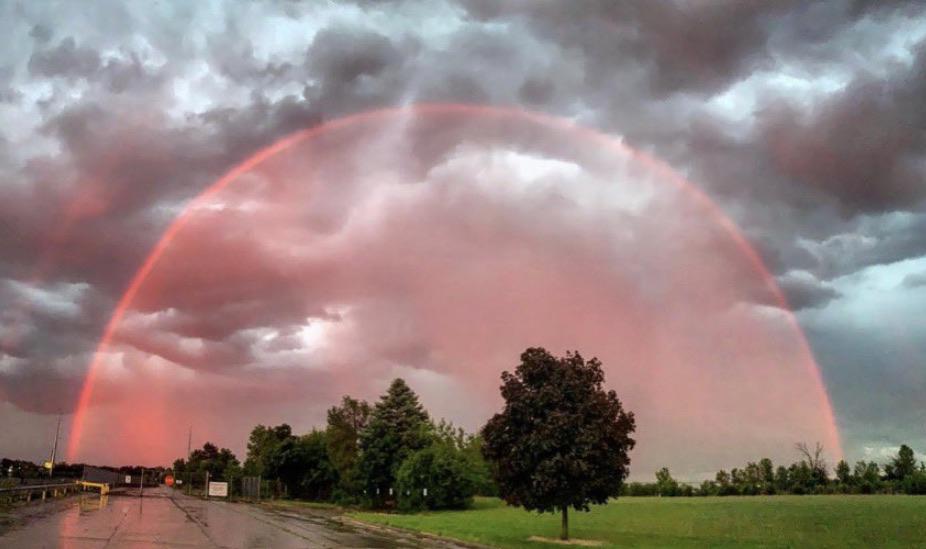
Fogbow
Light is refracted and reflected by fog, so the rainbows are fainter in color.

Moonbow
Light reflected by the moon creates a dim rainbow.
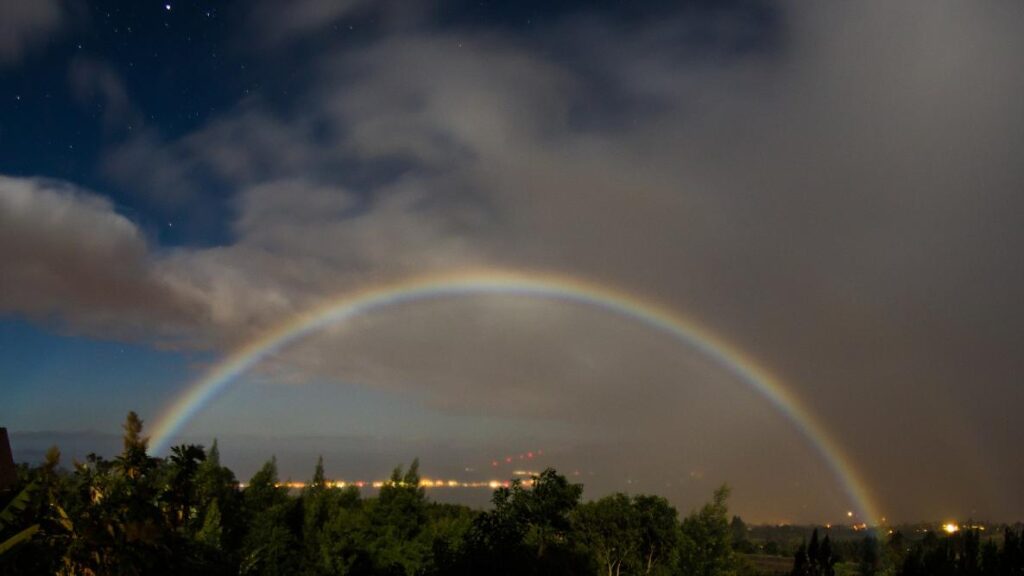
The Speed of Color
Rainbows are an excellent way to teach how art and science go hand-in-hand. Gemstones and rocks are popular right now so pulling out a prism in class is an exciting attention-grabber. Prisms are usually made from glass or plastic and are transparent. One of the first people to figure out how prisms reflected light was the scientist, Isaac Newton. He held a light source up to a glass prism and gazed at the glorious rainbow. Buy a class set of triangular prisms and share this magic with your students!
Science also lets us see colors. The cones and cells in our eyes are sensitive to wavelengths in the visible spectrum. Ever wonder why the rainbow is in ROYGBIV order? Isaac Newton has the answer covered: each color of light inside the prism travels at different speeds and bends at a different angle. Then, the rainbow projects out of the other side of the prism in color order determined by the fastest to slowest color.
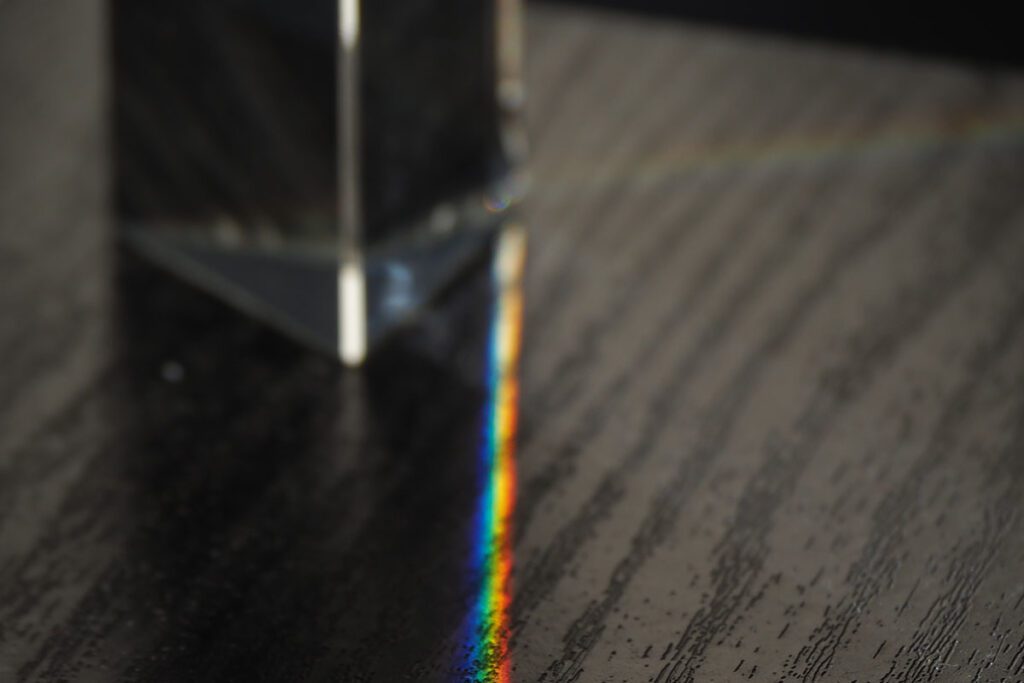
Rainbow Super-Fans
For visual learners like art teachers, rainbows are a colorful and happy way to organize. For those that embrace the unique life of an art teacher, rainbow-themed outfits can make students, fellow teachers, and parents smile whenever they see you.

Our littlest artists often naturally gravitate to drawing and coloring rainbows. As you are introducing the ROYGBIV color order with your youngest students, share this song written by Greg Crowther. Each lyric describes one of the colors in the rainbow. Use this song as a hook for a rainbow-themed project, like Sarah Krajewski’s macrame rainbows in her DITL episode, below.
The Earth creates natural phenomena that inspire scientists and artists alike. Rainbows are a beautiful, functional part of the world’s atmosphere. The next time weather conditions are perfect for a rainbow, take a moment to gaze at nature’s bounty. It’s almost as sweet as a pot full of gold coins! Bring your newfound rainbow expertise into your classroom and organize that large pile of books, paint, or paper in rainbow order. Create an interdisciplinary color theory lesson that merges science and art. Or, just. make a fun, rainbow-themed art project to teach a specific medium or skill. Whatever you decide, keep calm and rainbow on!
How do you introduce the rainbow to your students?
Are you an art teacher who embraces the rainbow-themed life?
Magazine articles and podcasts are opinions of professional education contributors and do not necessarily represent the position of the Art of Education University (AOEU) or its academic offerings. Contributors use terms in the way they are most often talked about in the scope of their educational experiences.




